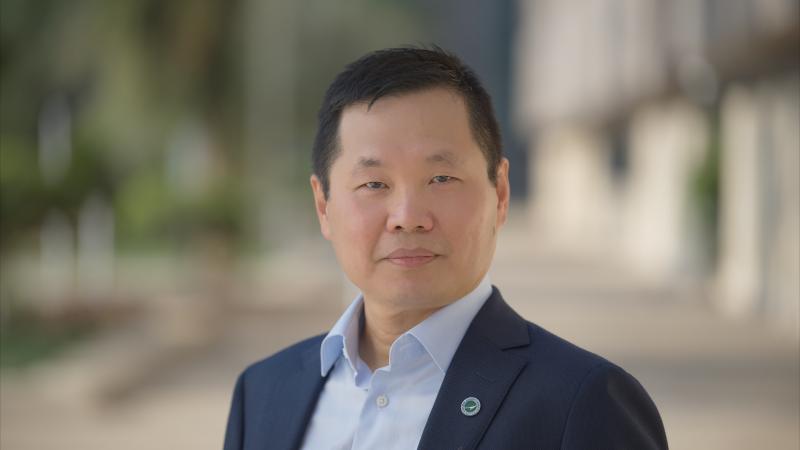By Caitlin Clark, KAUST News
KAUST Professor of Electrical Engineering Boon S. Ooi was recently elected as a Fellow of the U.S. National Academy of Inventors (NAI).
Election as a Fellow means a researcher has "demonstrated a highly prolific spirit of innovation in creating or facilitating outstanding inventions that have made a tangible impact on the quality of life, economic development and welfare of society," NAI stated.
Outstanding achievements
This year, 168 individuals were elected to Fellow status. Six individuals from the 2019 class previously received the U.S. National Medal of Technology and Innovation or the U.S. National Medal of Science, and four are Nobel laureates. 2019's Fellows will be honored for their achievements at a Fellows Induction Ceremony on April 10 at The Heard Museum in Phoenix, Arizona, U.S.
NAI noted that Ooi "is a leader in the fields of semiconductor photonics and optical sensors. He has done pioneering work on the development of novel optoelectronics and distributed optical fiber sensors...His work on semiconductor photonic integration has made a significant impact to optical fiber communication and optical sensing industries."
Ooi's inventions in the areas of "semiconductor photonic integration and optical sensors are relevant to communications, health, energy and agriculture," the organization continued. "His [research] has helped improve the quality of life for many…His recent invention in [fiber sensors] solves the longstanding challenge of downhole sensing for the oil and gas industry…[and] his invention on distributed...[fiber] sensors has found a unique solution for the early detection of red palm weevil[s], an unresolved issue…that destroyed millions of palm trees, especially high-value date trees, since 2011."
Read the full article

